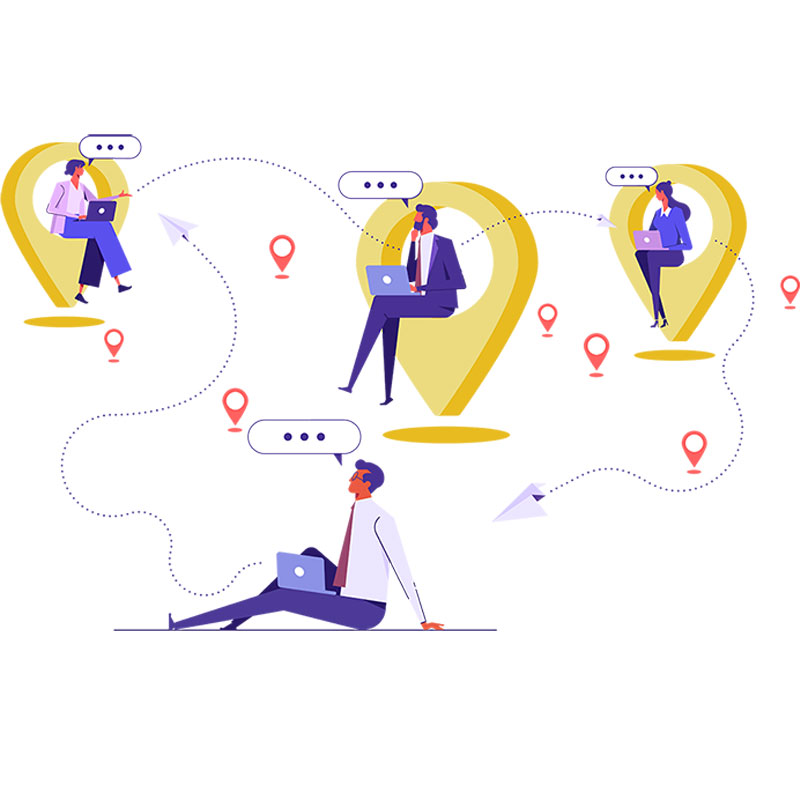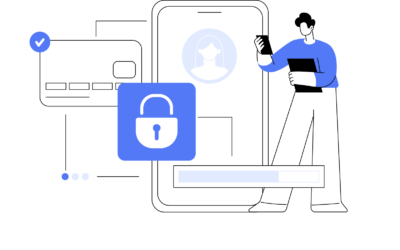Phonetic Alphabet Boosts Communication

In the fast-paced world of contact centers, effective communication is the cornerstone of exceptional customer service. The Phonetic Alphabet boosts communication by ensuring clarity and precision in every interaction. Customers often reach out with complex names, identification numbers, or addresses, leading to misunderstandings and errors when using regular language over the phone. To overcome these challenges and improve service quality, contact centers rely on the Phonetic Alphabet – a system of standardized words and codes that enhance clarity and precision in verbal exchanges. In this blog post, we will explore what the Phonetic Alphabet is, how it works, and its vital role in enhancing contact center service.
What is the Phonetic Alphabet?
The Phonetic Alphabet, also known as the International Radiotelephony Spelling Alphabet or NATO phonetic alphabet, is a standardized set of words used to represent each letter of the alphabet. It was developed to ensure clear and unambiguous communication, especially in situations where spoken words can be easily misunderstood due to static, background noise, or regional accents.
Each word in the Phonetic Alphabet represents a specific letter and is carefully chosen to be distinct and easily recognizable. For instance, instead of saying “B” for “Boy,” the letter “B” is represented as “Bravo.” Consequently, this precision minimizes the chances of miscommunication and confusion.
How Does the Phonetic Alphabet Work?
In the Phonetic Alphabet, each letter is associated with a single word, making it easier to differentiate between similar-sounding letters. For example:
- A: Alpha
- B: Bravo
- C: Charlie
- D: Delta
- E: Echo
- F: Foxtrot
- G: Golf
- H: Hotel
- I: India
- J: Juliet
- K: Kilo
- L: Lima
- M: Mike
- N: November
- O: Oscar
- P: Papa
- Q: Quebec
- R: Romeo
- S: Sierra
- T: Tango
- U: Uniform
- V: Victor
- W: Whiskey
- X: X-ray
- Y: Yankee
- Z: Zulu
Importance in Contact Center Service
Clarity in Communication
In a contact center, agents must collect and process vital customer information accurately. Therefore, by using the Phonetic Alphabet, they can effectively relay sensitive details, such as account numbers or addresses, without confusion or error.
Global Standardization
The Phonetic Alphabet is internationally recognized and widely used across various industries, including aviation, military, and telecommunications. This standardization, therefore, ensures seamless communication between agents, colleagues, and clients from different linguistic backgrounds.
Improved Customer Experience
When customers encounter agents who utilize the Phonetic Alphabet, they experience a sense of professionalism and efficiency. As a result, this leads to increased trust in the company’s capabilities and enhances the overall customer experience.
Reduced Errors and Call Handling Time
By using the Phonetic Alphabet, agents can avoid misunderstandings and repetitive clarifications, ultimately reducing errors and call handling time. Thus, this efficiency leads to higher productivity and a more streamlined operation.
Training and Consistency
Implementing the Phonetic Alphabet in contact centers also streamlines agent training and ensures consistency across the organization. Therefore, new agents can quickly adapt to the system, leading to a more cohesive and efficient workforce.
Conclusion
In conclusion, the Phonetic Alphabet serves as a powerful tool to improve communication in contact centers. The Phonetic Alphabet boosts communication by providing a standardized and clear method of verbalizing letters, enhancing service quality, reducing errors, and ultimately improving the overall customer experience. Contact centers that adopt the Phonetic Alphabet demonstrate a commitment to professionalism, clarity, and efficiency in every interaction. As technology advances and customer expectations evolve, embracing such time-tested communication techniques becomes crucial in staying ahead in the competitive world of customer service
Contact Us
Ready to enhance your contact center communication? Reach out to our team today and discover how our solutions can help you achieve exceptional customer service.
Categories
- Agent Performance & Training
- AI solutions
- Business Growth
- Call Center Performance & Productivity
- Call Center Software Platform
- Call Center Technology & AI Integration
- Call Center Training
- Call Center Workforce Management
- Call Monitoring
- Cloud-Based Solutions
- Customer Experience
- Data Security
- General
- Insights
- Integrated Customer Service
- News
- Omnichannel Communication Strategy
- Omnichannel Support
- Quality Assurance
- Tech


